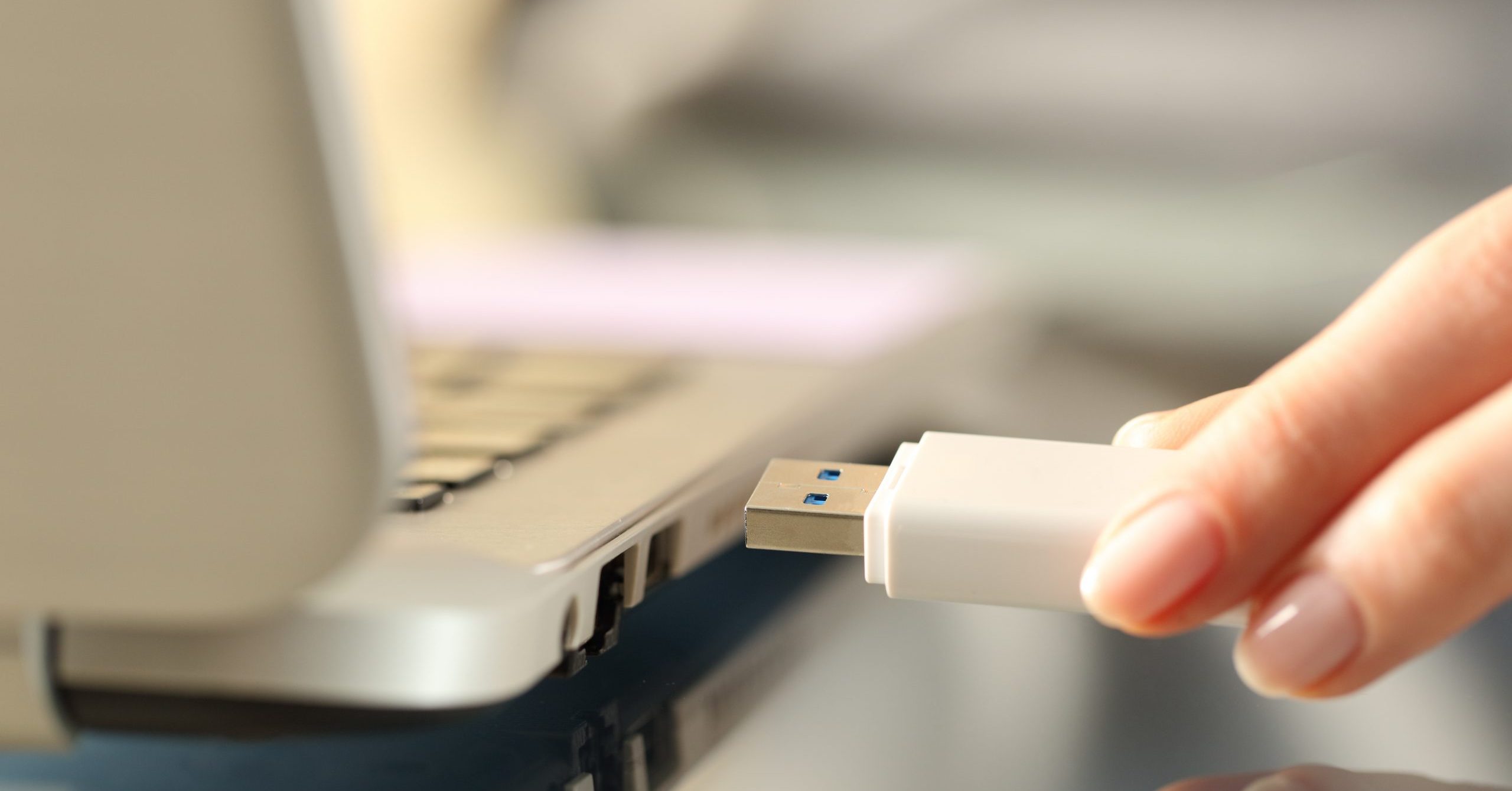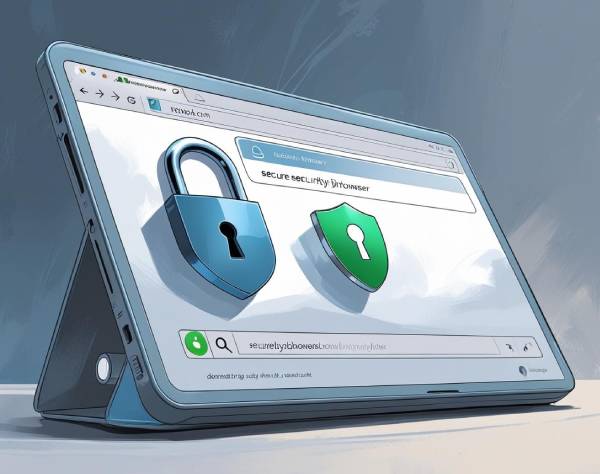Flash Card Recovery Challenge

Flash Card Recovery
A Compact Flash Card (CFC) is a compact flash digital memory card, with capacities from 128 MB to 256 GB (in a few cases 512 GB). CF cards are a popular memory card format developed by SanDisk in 1994 that uses the technology of flash memory for storing data on a tiny portable device. A CF card has no moving parts and does not require a battery to retain your data. In comparison with the other digital memory cards (SmartMedia, Memory Stick, SD, Micro SD, and xD-Picture Card) a CFC has a larger physical size. A CFC has a lower price per MB than any other memory card; however, it offers a higher speed, which makes it clear why it is the best choice for digital photo and video cameras looking for fast read and write times. CF cards are durable, portable and fast. That makes them an excellent option for photographers, video-operators, filmmakers, and more.
How Do Compact Flash Cards Work?
Like many flash-based storage technologies, a CF card is based on NAND flash memory. The CF card was specially designed to use the less-dense alternative, NOR-based memory that made the design of CF relatively large. With the increased memory density, the large size of a CF card has become an advantage, allowing manufacturers to cram more space into CF cards. Since around 2009, CF cards have switched from NOR to NAND memory.
Computer hard drives, as well as CF cards, use the same ATA interface. Due to their smart design, the lifetime of compact flash cards has expanded.
CF cards work via 50 pin holes, which are connected inside the camera or CF card reader. These pins are the most significant disadvantage of CF cards in comparison with portable storage cards. Because all the 50 pins should line up perfectly, they can bend sometimes. This is where DriveSavers expertise and skills come into play.
CF cards are incredibly easy-to-use. All you need to do is to insert your CF card, format it, and record.
How Do Compact Flash Cards Work?
Like many flash-based storage technologies, a CF card is based on NAND flash memory. The CF card was specially designed to use the less-dense alternative, NOR-based memory that made the design of CF relatively large. With the increased memory density, the large size of a CF card has become an advantage, allowing manufacturers to cram more space into CF cards. Since around 2009, CF cards have switched from NOR to NAND memory.
Computer hard drives, as well as CF cards, use the same ATA interface. Due to their smart design, the lifetime of compact flash cards has expanded.
CF cards work via 50 pin holes, which are connected inside the camera or CF card reader. These pins are the most significant disadvantage of CF cards in comparison with portable storage cards. Because all the 50 pins should line up perfectly, they can bend sometimes. This is where DriveSavers expertise and skills come into play.
CF cards are incredibly easy-to-use. All you need to do is to insert your CF card, format it, and record.
CF Card Data Recovery
There are various reasons for CF card damage, from accidental deletion, pressing the format button, trying to transfer photos or videos from the camera to a NAS or a computer, to the other damages we covered earlier (low battery, turning off or on, writing/reading, etc.) The simplest mistake may lead to losing valuable videos or pictures from your CF card. There are cases when you can restore your deleted photos, videos, or files. with the assistance of trained compact flash data recovery engineers at DriveSavers Data Recovery. You can recover deleted videos, pictures or the other essential data from your CF card.
However, there are cases when the internal NAND Flash controller of the compact flash card is defective. The flash card controller is responsible for the distribution of data over a couple of stored chips (wear leveling). In the case that an accident happens, and your controller is broken, it is impossible to recover the data of your CF card with the assistance of data recovery software. There is no access to the interface or algorithm, which provides the distribution of data segments. Simply, the card will not show up on any device.
You should also know that damage of the CF card does not only occur because of the controller. Memory chips can also lead to the same problems, as after a certain period of time they are unable to read/write the information correctly. In this case, you will need professional assistance to provide you with a compact flash card data recovery service.
CF cards are widely used for saving data in electronic devices. In the case that an accident happens with the electronic device or CF itself, it will usually lead to data loss. Improper user operations and various accidents that we covered can easily influence your compact card and will lead to data loss on your CF card. Thus, you should be careful when using your digital device and if an accident happens, ask professionals to assist you who have decades of experience in data recovery in order to avoid any further damage or data loss to your CF card and prevent irreversible loss of your valuable photos, videos, and/or other files that have been stored on your compact flash card.




